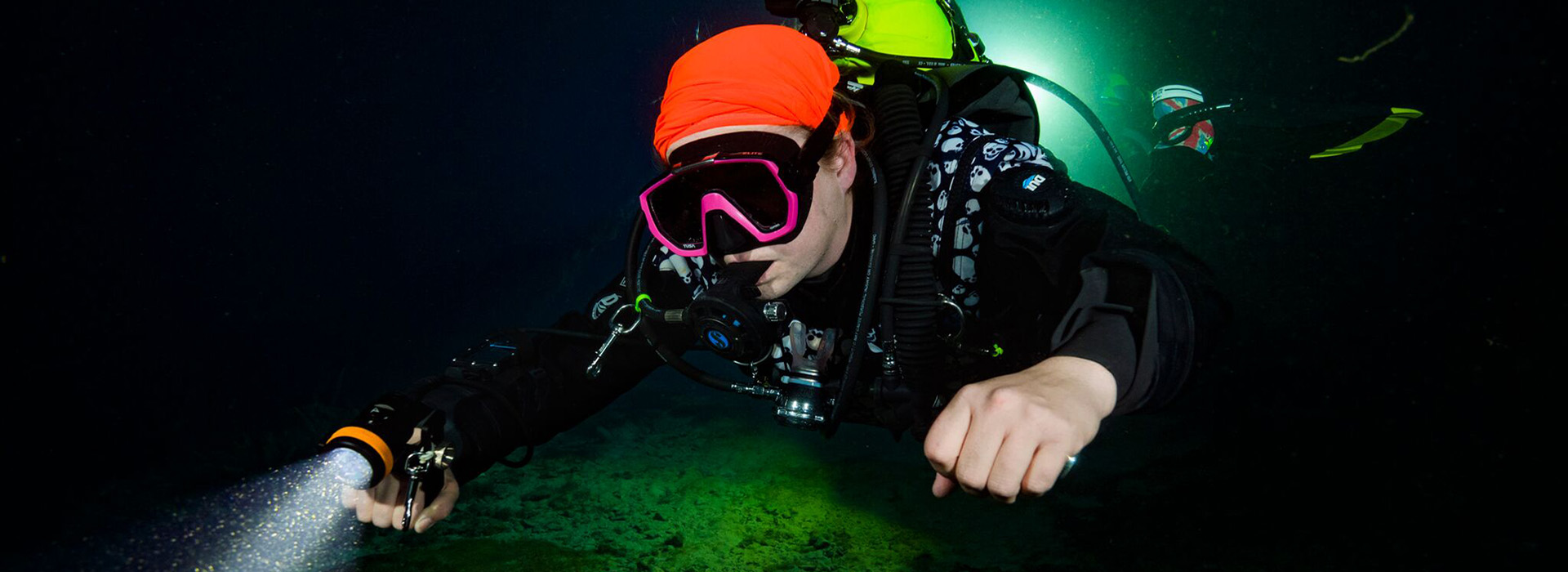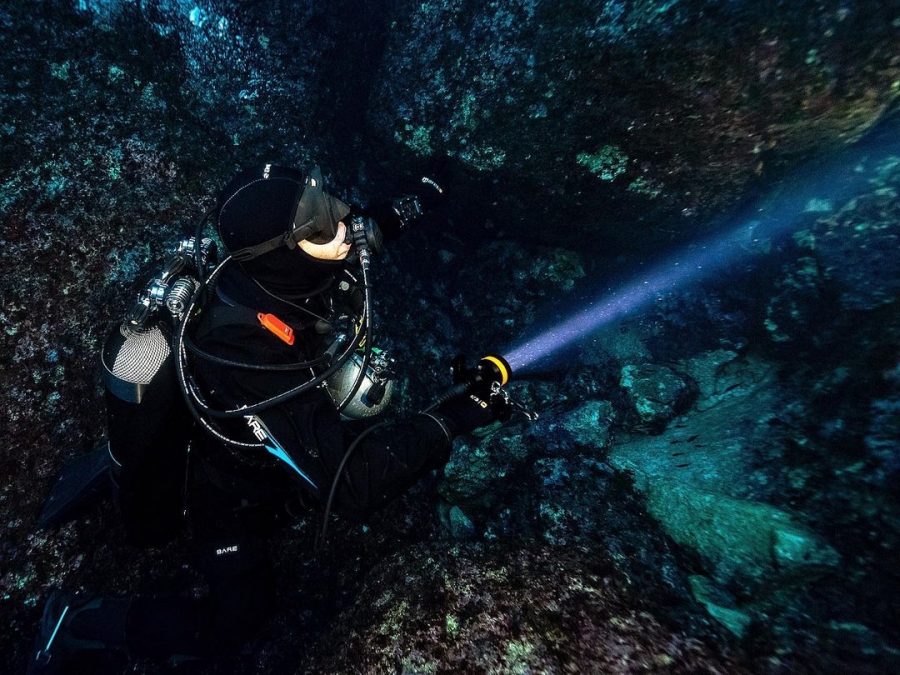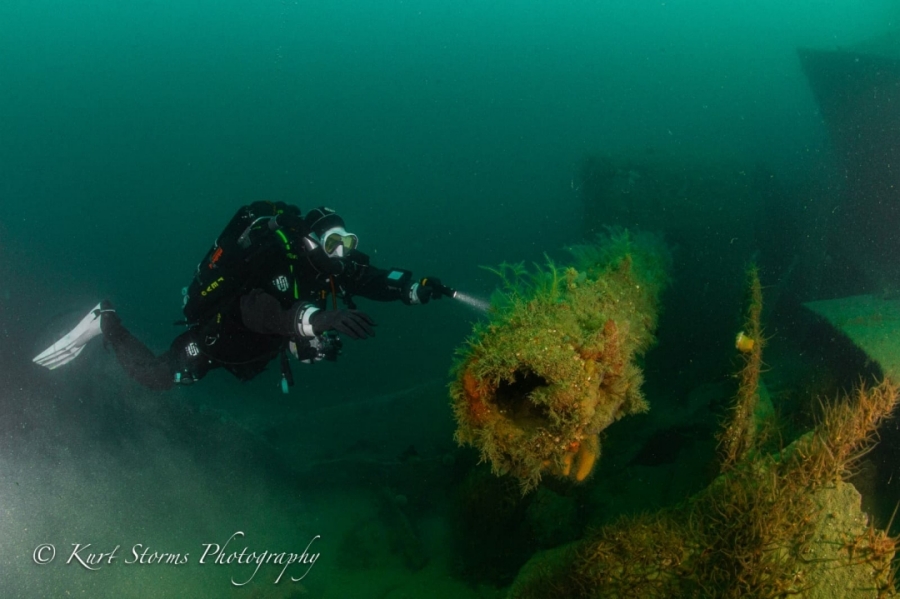How to Choose a Suitable Dive Light
Media Reports
1. Dive Light Lumens
How many lumens should I choose? This is a very broad question. The depth, purpose, and technique of the dive are all factors in choosing brightness. And the brightness is also divided into spotlighting and astigmatism lighting. Generally speaking, entry-level diving lights and flashlights with 700-1000 lumens can meet the basic needs. If it is night diving, deep diving, cave diving, etc., it needs to be brighter. 2000-5000 lumens will do. More enthusiast-level senior enthusiasts like 5000-10000 lumens, which is high-end demand, very bright, and can meet any purpose. OrcaTorch D710 scuba flashlight has 3 light modes, 1700lumens in high mode, 800 lumens in middle mode, and 400 lumens in low mode. It can be your great scuba diving light and a useful dive torch for night diving.
2. WaterProof
The water-proofing of diving lights mainly involves the sealing of the body and the switch structure. The diving lights on the market basically use ordinary silicone rubber rings, which can achieve waterproof function in a short time. It can use several times, but if it is not replaced in time, it will lose its sealing effect and cause water seepage.
3. The Run Time of the Battery
When choosing a dive torch, don't just focus on brightness, brightness and battery life are inversely proportional. If it is also a 18650 USB battery, marked 1500-2000 lumens, and can be used for 2 hours, there is definitely an error. One must be wrong about brightness and battery life
4. Switches
It's very common to use the mechanical head rotary switch and side titanium alloy push-button switch. The advantages of this switch are very obvious, the key operation is safe, sensitive, stable, and has strong directivity. In the case of high pressure in deep water, it can still operate stably. Most of OrcaTorch dive lights use these 2 ways switches.


